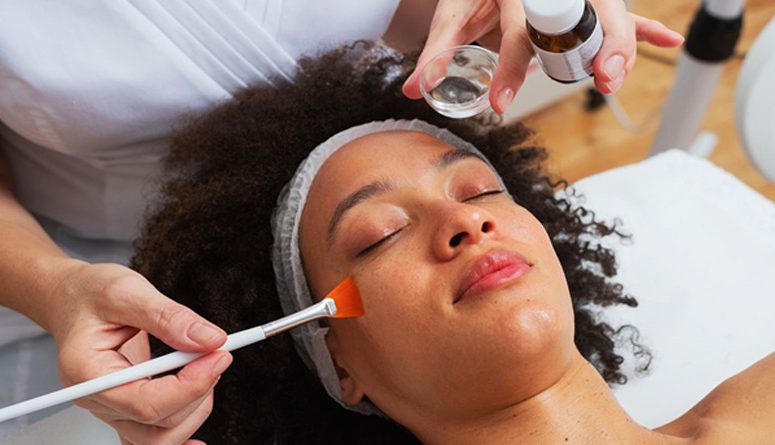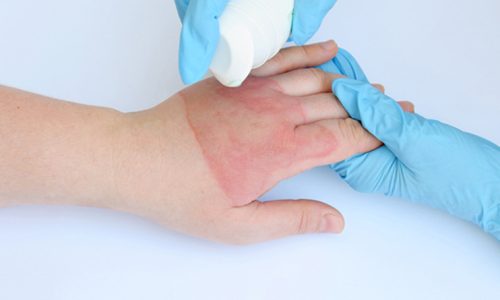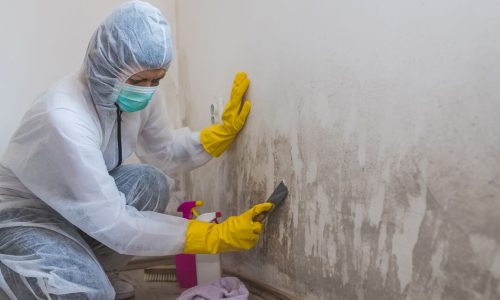
As a professional skincare expert, I have witnessed the transformative effects of chemical peels on countless patients. Chemical peels are an excellent option for anyone looking to rejuvenate their skin, reduce the signs of aging, and address specific skin concerns. In this article, I will provide an in-depth overview of chemical peels, their benefits, types, and how they compare to other popular treatments.
Introduction to Chemical Peels
Chemical peels are a non-invasive cosmetic treatment that involves applying a chemical solution to the skin’s surface to remove dead skin cells and stimulate the growth of new, healthy skin cells. The chemical solution causes the top layer of skin to peel off, revealing smoother, brighter, and more youthful-looking skin underneath. Chemical peels are typically used to address a range of skin concerns, including acne, fine lines and wrinkles, hyperpigmentation, sun damage, and uneven skin tone.
Benefits of Chemical Peels
The benefits of chemical peels are numerous. Not only do they offer immediate improvement in the appearance of the skin, but they also provide long-term benefits, including increased collagen production, improved texture and tone, and reduced signs of aging. Chemical peels are also highly customizable, with different types of peels available to address specific skin concerns.
Types of Chemical Peels
There are several types of chemical peels available, each with varying strengths and ingredients. The most common types of chemical peels include glycolic acid, salicylic acid, Jester peel, and TCA peel.
Glycolic acid peels are the mildest type of chemical peel and are ideal for addressing minor skin concerns. Salicylic acid peels are best for acne-prone skin, as they help to unclog pores and reduce inflammation. Jester peels are a combination of several different acids, making them an excellent option for addressing multiple skin concerns. TCA peels are the strongest type of peel and are best for addressing severe skin concerns, such as deep wrinkles and sun damage.
Microdermabrasion vs. Chemical Peels
Microdermabrasion and chemical peels are both popular cosmetic treatments that exfoliate the skin, but they work in different ways. Microdermabrasion uses a handheld device to exfoliate the skin’s surface, while chemical peels use a chemical solution to remove dead skin cells. Chemical peels offer more significant and longer-lasting results than microdermabrasion.
Laser Resurfacing vs. Chemical Peels
Laser resurfacing is a more invasive cosmetic treatment that uses a laser to remove the top layer of skin. While laser resurfacing can provide more dramatic results than chemical peels, it also comes with a longer recovery time and a higher risk of complications. Chemical peels are a safer and less invasive option for rejuvenating the skin.
Radiofrequency Treatments vs. Chemical Peels
Radiofrequency treatments use heat energy to stimulate collagen production and tighten the skin. While radiofrequency treatments can provide excellent results, they are typically more expensive than chemical peels and require multiple sessions to achieve optimal results. Chemical peels offer more immediate results at a lower cost.
Platelet-rich Plasma (PRP) Therapy vs. Chemical Peels
Platelet-rich plasma (PRP) therapy is a cosmetic treatment that involves injecting the patient’s own blood platelets into the skin to stimulate collagen production and improve skin texture. While PRP therapy can provide excellent results, it is typically more expensive than chemical peels and requires multiple sessions. Chemical peels offer a less invasive and less expensive alternative.
Dermal Fillers vs. Chemical Peels
Dermal fillers are a cosmetic treatment that involves injecting a gel-like substance into the skin to add volume and reduce the appearance of wrinkles. While dermal fillers can be an effective option for addressing specific skin concerns, they are typically more expensive than chemical peels and require ongoing maintenance. Chemical peels offer a more affordable and low-maintenance option for rejuvenating the skin.
Ultrasound Therapy vs. Chemical Peels
Ultrasound therapy uses high-frequency sound waves to stimulate collagen production and tighten the skin. While ultrasound therapy can provide excellent results, it is typically more expensive than chemical peels and requires multiple sessions. Chemical peels offer a more immediate and affordable option.
Mesotherapy vs. Chemical Peels
Mesotherapy is a cosmetic treatment that involves injecting a mixture of vitamins, minerals, and amino acids into the skin to improve its overall health and appearance. While mesotherapy can be an effective option for addressing specific skin concerns, it is typically more expensive than chemical peels and requires multiple sessions. Chemical peels offer a more affordable and less invasive alternative.
Preparing for Chemical Peel Treatment
Before undergoing a chemical peel, it is essential to prepare your skin to ensure optimal results. This may include avoiding certain skincare products or medications, staying out of the sun, and moisturizing your skin regularly. Your skincare provider will provide you with specific instructions on how to prepare for your chemical peel treatment.
The Chemical Peel Procedure
The chemical peel procedure typically takes between 30 and 60 minutes, depending on the type of peel and the area being treated. The first step is to cleanse the skin thoroughly to remove any dirt or oil. The chemical solution is then applied to the skin and left on for a specific amount of time, depending on the strength of the peel. After the solution is removed, a soothing balm or cream is applied to the skin to reduce any redness or irritation.
Post-treatment Care
After your chemical peel treatment, it is essential to follow specific post-treatment care instructions to ensure optimal results. This may include avoiding direct sunlight, using gentle skincare products, and avoiding harsh exfoliants or scrubs. Your skincare provider will provide you with specific instructions on how to care for your skin after your chemical peel treatment.
Chemical Peel Aftercare Tips
To ensure optimal results and minimize any discomfort or irritation, it is essential to follow specific chemical peel aftercare tips. This may include avoiding direct sunlight, using gentle skincare products, and avoiding harsh exfoliants or scrubs. Your skincare provider will provide you with specific aftercare instructions based on the type of peel you received.
Expected Results and Recovery Time
The expected results and recovery time will vary depending on the type of chemical peel you receive. Mild peels typically require little to no downtime, while stronger peels may require several days of recovery time. Most patients notice an immediate improvement in the appearance of their skin after a chemical peel, with optimal results becoming visible over the following weeks.
Chemical Peel Cost
The cost of a chemical peel will vary depending on several factors, including the type of peel, the area being treated, and the provider’s location. On average, a chemical peel can cost anywhere from $100 to $1000 per treatment.
Choosing the Right Provider
When choosing a provider for your chemical peel treatment, choose London Aesthetic and Rejuvenation Center, which is a reputable provider with experience performing chemical peels and with positive reviews and before-and-after photos of previous patients.
Conclusion
Chemical peels are a safe and effective cosmetic treatment that can provide numerous benefits for the skin. Whether you are looking to reduce the signs of aging, address specific skin concerns, or simply achieve a more youthful-looking complexion, chemical peels are an excellent option. By following the tips and guidelines provided in this article, you can ensure optimal results and achieve the fresh start you deserve.




